|
by Rachel Blasco
From updating your strategy to scaling your team, growth is change and change is hard. Visual Consultants are hired to “facilitate the organization to perceive, understand, and develop the organization’s business and human processes, in order for the client to improve the situation themselves, as they define it.” Visual Consultants work with clients to (quite literally) paint the picture their teams are trying to describe in vivid details that is clear and easy to understand. In other words, visual consultants are the map makers and cartographers for our ideas in order to define and put plans into actionable stories. Visual consulting is at its essence, storytelling. The practice developed out of the constant need for innovation in businesses that want to remain not only at the top of their game, but to continue to move the ball forward in their field. Visual consultants are at the intersection of three fields that have given rise to a new way of working: Visualization, dialogic practice, and change consulting. The outcome is both rewarding and inspiring to executives and teams alike. Visual storytellers and consultants both design and lead change in organizations and communities that may otherwise feel unmotivated or simply unclear on what the objectives and expected outcomes of the group may be. Ultimately, this is an orientation in process thinking and process leadership. So, clients seeking alignment on new visions, process transformation, innovation, culture change, and sustainable results get the results they are looking for in hiring a visual consultant to bring order to the chaos. Why Seeing is Believing In both high profile corporate coaching and small personal development circles, creating a clear picture around your goals and steps to get there is a central topic. Look at the vocal facilitators and consultants as pros at this. Navigating both verbal story and visual landscape, these experts bring design thinking and creativity to the gray landscapes of corporate agendas and enhance team enthusiasm and commitment. An article in Forbes, Neuroscience Explains Why You Need To Write Down Your Goals If You Actually Want To Achieve Them, discusses the research behind describing or picturing goals and the strong association with goal success; and, people who very vividly describe or picture their goals are anywhere from 1.2 to 1.4 times more likely to successfully accomplish what they set out to do. Think about visual facilitation and storytelling as the map to your destination. It’s much easier to get to where you are going if you have a better picture of what to expect or look for. It helps our monkey brains process more efficiently, and focus on what matters. If you are experiencing the following, you may need someone to consult with on your vision, culture, story or strategy. Some of the main complaints among brands and businesses that would benefit greatly from visual consultants are:
With all of this in mind, and especially if you are experiencing any of these issues, it makes sense to hire visual consultants to facilitate innovation workshops and improve overall team output and performance while defining what the next chapter of your business will look like. If you still don’t know where to start or what this might look like for your organization, we’d be happy to schedule a quick 30-minute call.
0 Comments
According to Turi McKinley, Executive Director at frog design, “Design thinking is just a fancy name for the creative process.” The ability to think like a designer, through multiple iterations, and learning from the worst failures is the most important skill a leader can have. Design thinking is rooted in empathy and the ability to put the customer or client at the center of the journey. Design thinkers use physical and virtual space to expand and extend their intelligence and are unafraid to try new things. The best design thinkers use visual tools to explore new avenues of value for the business. The executive should be testing and building not just products, but entire worlds. Here are the top four abilities of design thinkers. They can be used to directly address the four problems of business (listed below) and they are so simple you can start practicing them today. 1. Frame (and Re-Frame) the Problem Take a step back, look at it from a different angle. Use multiple lenses and literacies interchangeably. What does it look like as a spreadsheet? A project plan? A to-do list? A GANTT chart? A drawing with Sharpies on butcher paper? Consider the human impact (subjective), the organizational or relational impact (intersubjective), the business or bottom line impact (objective). Ask yourself, “How else might I/we look at this?” Give yourself permission to play, be curious and creative. 2. Enable Experimentation There is no such thing as failure. View everything as an experiment, and you will always get results. If you are always testing and learning, then you will have valuable data that can be reviewed and synthesized into your next launch. Additionally, it stands to reason that results from testing on any target group will carry over to similar users. Design thinking is less of a process and more of a sequence. Model a bias toward making in the business (always be prototyping) and schedule time for this to happen. If it’s not on the calendar, it’s not real. 3. Communicate Your Ideas As a leader, you must come back from (not overcome) the exhaustion, overwhelm, and fatigue. After regaining a sense of clarity and purpose, you must be able to open your mouth and broadcast those big, wild, visionary dreams to the team again and again -- “painting done” until it’s done. Smart leaders know they must do this visually. Think of the coach at the front of the room sketching out the play on the whiteboard. Think of the best PowerPoint presentation you’ve ever seen (OK, I lied, that one doesn’t exist). Think of the first time you were shown how to use a tool or paintbrush. Think of a political speech that moves the hearts and minds of the people. People don’t follow a business, they follow leaders. In most cases, it’s not the leader they’re drawn to, it’s the challenge that the leader is able to articulate. What challenge are you asking your team to help you overcome? 4. Direct the Team The best CEOs lead from the bottom of the pyramid. They know that they will get the results and outcomes they need through other people. Not only are they focused on a succession plan, with at least two people lined up behind them -- mentoring and teaching others what they need to know in order to succeed -- they are encouraging and facilitating collaboration among team members. The team needs to be able to turn toward each other to create tools and solutions in the leader’s absence. They should be equipped with the best resources, given permission to make decisions, given access to “lab” space where they can experiment, and given permission to fail. Demonstrate the process, model the best behavior, show them what you want done, and your team will not let you down. Four Big Problems
And, here are the top problems that business leaders find themselves in. These challenges to growth or innovation can be remedied by directly applying a little visual aptitude (and the abilities described above). 1. Big Picture Paralysis One of our clients told us their strategy felt like “a tumbled bail of rope.” They needed the line to be clear and hanging at the ready. Our job was to lead them through the process of liberating each of their lines of business from snags and knots. Business is complex and messy. And the overload of information can make our brains slow down, or worse, come to a halt. If you’re experiencing this, you may be hearing or saying things like, “I can’t get my priorities in line” or “I don’t even know where to start.” Solution: Reframe the Problem 2. Reliance on Process Sometimes we’re lazy. Sometimes we want to read a book or watch a video and have someone else give us the answers. Sometimes we want to take the easy way out. Unfortunately, in business, there is no proven method or set of instructions to follow. You are not recreating a recipe to prepare that perfect dish you saw on YouTube. You are not creating a piece of clothing from a pattern. Following steps 1-4 will not get you a repeatable outcome. When you are stuck in “step reliance,” you are destined for disappointment and you may be saying things like, “I wish someone would just tell me what to do.” Solution: Enable Experimentation 3. Exhaustion There are many reasons you feel tired. It can be from informational or emotional overwhelm. It could be the strain of mode-switching from the constant pivoting and responding that’s required in your business. It could be that you aren’t managing your time or work effort wisely. Sometimes leaders simply feel oppressed by the unknown -- a sense of uncertainty that is not the invigorating or adventurous kind. For whatever reason, if you are feeling exhausted, pushing through it will never solve the problem. Stop. Walk away. Take a breath. Take a nap or a vacation. Return with clarity and strength. Solution: Communicate 4. Overcontrol Holding on too tightly to the reins of your business will limit collaboration and severely hamper the open sharing of ideas. You might be creating the illusion of collaboration by having meetings where the team brainstorms possibilities only to end up returning to your original thought or argument, saying, “well, we really have to do this” or “I’ve made an executive decision that we will go this way.” If you are focused on control, you may also be too concerned with things like loyalty or team members being “all in” instead of measuring and getting actual results. Solution: Direct the Team Do I miss being in the room? Yes, as a facilitator, coach and consultant, I miss being with people. I miss the awkward silences, the reading of body language, the laughter reverberating off the walls, the high-fives after a big win. I miss the hugs after a really great breakthrough session. I miss struggling with the oversized Post-it Sheets, spilling the Sharpies and hanging the 30x40 engineering prints with blue painter’s tape. I miss the side conversations. I miss the snacks. And, I love the problems we’ve been able to solve as well as the solutions we’ve been able to build together using virtual tools like Zoom and MURAL. MURAL is a digital workspace that enables innovative teams to collaborate visually and remotely. And, it’s fun. It taps into the part of my brain that loves graphic design (bringing harmony and emotion to a compelling composition), information design (where should my eye go next?) and even the 10-year-old part of me that would sit at the dining table and design board games. Here are some of the different ways I use MURAL:
And, here are the top 10 Murals I created in 2020-2021 (and their outcomes). 10. OBJECTIVES and KEY RESULTS Objectives and Key Results (OKRs) is a goal-setting framework for defining and tracking objectives (aspirations) and their highly-measurable, time-bound outcomes at every level of your organization. Outcomes:
9. CUSTOMER JOURNEY MAP For organizations with an emerging or reimagined line of business, the Customer Journey Map is a half-day virtual session that helps you make decisions that fit consumer and buyer needs in an environment that’s lively and productive. Outcomes:
8. STRATEGIC VISIONING This academy needed to pivot all of their students and clients from in-person classes to virtual sessions - all while moving their offices within two months! We led a Strategic Visioning session for their leadership team using templates from The Grove Consultants, International. We also provided Executive Coaching for six weeks post-retreat in order to stabilize the operational plan. Outcomes:
7. STORYBRAND StoryBrand is a marketing messaging tool that allows organizations to clarify their message using a seven-part process that leverages the power of story. Used correctly, this powerful tool can help your business become a valuable asset in the lives of your customers. Outcomes:
6. VISION BOARD WORKSHOP Forget the magazines and glue sticks! In this fun and interactive workshop, we took inventory of our wins and accomplishments and set a bold trajectory for our big 2021 milestones. Outcomes:
5. VISION AND VALUES For a quickly-growing team, this session included the creation of a Vision Statement, Mission Statement and the definition of Core Values. Using a basic Design Criteria (must, should, could, won’t) we identified key aspects of the Mission as well as themes that would later become the OKRs. Outcomes:
4. DiSC WORKSHOP Using the DiSC Assessment, teams separated by style to discuss the do’s and don’ts of communication and leadership. A final roundtable invited the teams to share insights about the easy and magical ways they might work better together. Outcomes:
3. DESIGN SPRINT This was a fast-paced, fun and interactive multi-mural event for the internal RIDG team. During the challenge, the participants received the resources and toolkit required to create a digital prototype, refine it, make their pitch and declare one team the innovation champions! Outcomes:
2. MY PERSONAL PROJECT BOARD From sketching out high-level concepts and project planning to tracking my sales pipeline and outlining blog posts, MURAL has become my primary playground for problem-solving. Outcomes:
1. WILDERNESS RETREAT
This wilderness-themed retreat features a labyrinth, breakout sessions, dangerous animals, river rapids, a campfire session, gallery walk, and a hidden Bigfoot! Outcomes:
Do you need help building an amazing Mural of your own? Schedule a Discovery Call today. Call Joran at (727) 771-5656 or e-mail [email protected]. We use four key questions to create great meetings. They are called the OARRs (Objective, Agenda, Rules and Roles) and are inspired by our work with The Grove Consultants International.
The OARRs are a sure-fire way to identify your primary objective (“What do we hope to achieve?”), articulate your agenda (“What must we do today?”), get clear on team roles (“Who needs to be in the room and what are they doing?”) and establish some ground rules (“What behaviors do we need to set and reinforce so that we may follow the agenda and achieve our objective?”). 1. What is the Objective for the meeting? Is the meeting to make a decision, share knowledge, explore ideas, or address a challenge? The objective will determine who needs to be there, the length of the meeting, and the right time of day for the meeting. You don’t hold a brainstorming meeting directly after lunch, when the team is full and sluggish. Those meetings are best in the morning when (most) people are open-minded, fresh, and creative. 2. What is the Agenda? To keep everyone focused and to determine the duration of the meeting, you’ll need an agenda. This is a list of all of the business you need to cover or all the decisions you need to make. Consider using a Visual Agenda — either a set of boxes sized according to how much time is spent on each or a Pie Chart Agenda. There are always at least three components to every agenda:
3. What are Our Roles? Based on the Objective and the Agenda, determine who needs to be in the meeting and what their roles are. Roles can be based on a participant’s job description, their expertise, their knowledge of the problem and the marketplace, or their position as a producer or stakeholder. You may assign some roles to people at the outset of the meeting. Who is transcribing or taking notes? Who is acting as a facilitator? Who is keeping track of time and making sure lunch gets ordered? Who is the designated “Devil’s Advocate” — acting as the wrangler of unicorns and asking tough questions about how we might fail? It helps to think about these roles metaphorically. Are you the person driving, coaching, cheerleading, building, etc.? See also: The Five Vital Roles in Any Virtual Meeting 4. What are the Rules? Rules help us cross the finish line as a team. Rules are the covenant and the contract that we abide by as a community. We establish affinity, trust and relationship by mutually agreeing on and following the rules. If your meeting is being held to reach a decision, then your rules need to create a process of decision-making. You might have a rule about deferring new ideas, projects or business to a later date. You might have a rule about withholding judgment, instead asking specific questions that help you arrive at a decision. If you’re establishing an environment of trust, respect, consensus and collaboration, you might have rules about always speaking for yourself (using “I” language), raising your hand, or speaking one-at-a-time. If the meeting is exploratory — designed to share knowledge or brainstorm big, wild ideas — then the rules must support creativity and openness. We borrowed one of the most effective rules for generativity from improv comedy: “Yes, and …” See also: The Power of "Yes, and ..." By invoking the rule of “Yes, and …” we stay positive and build on each other’s thoughts, honoring what everyone has to say. Problem-solving meetings may include the rules “All information is valuable” or “No idea is too small.” You may invoke “Honesty” as a rule, reminding everyone that we will only achieve our goals if we trust one another and respect each other enough to tell the truth. If you don’t want people on their phones or laptops, then invoke the rule of “Focus,” “Presence,” or “All In.” Kindly instruct them that if they need to handle business they can take it out of the room (or turn off their cameras) and return when they’re done. If it’s to be a highly-visual meeting with lots of people sketching or scribing, you may add the rule, “Don’t make fun of others’ drawings.” After reviewing the rules, you may ask, “Are there any rules we forgot?” Allowing the participants to create rules together is a way to ensure commitment and engagement early in the process. SKILLS 1. Design Thinking Design Thinking is just another word for the creative process. The ability to think like a designer, through multiple iterations, and learning from the worst failures is the most important skill a leader can have. Design Thinking is rooted in empathy and the ability to put the customer or client at the center of the journey. The executive should be testing and building not just products, but entire worlds. 2. Communication Leaders need to be able to use their words and translate the vision in their head, the strategy or the action plan, the experience they've had, the lessons they've learned. Mind-reading is not a trait that any of your team members will have, so open your mouth and (repeatedly) speak your vision into reality. 3. Self-Transcendence Real leaders aren’t just fiery visionaries blazing a new trail, they are also masters of self–immolation, burning themselves down and being reborn from the ashes on a daily basis. They’re unafraid of their own shadow and unaffected by past versions of themselves. They are devouring the most motivational content, surrounding themselves with the 5 most effective people, and always looking at the world with new eyes for new opportunities. ATTRIBUTES
1. Vision Real leaders carry the vision. They hold the torch atop the mountain. They remember the goal when the team has lost sight of it and the mission is about to fail. They see and think the (sometimes outrageously) bigger picture. The team members will often say: "I never would have thought of it that way." (See also: courage or chutzpah) 2. Empathy As we move into an increasingly remote and fragmented future, human empathy will be the real secret ingredient. It is the X factor that success will depend on. Knowing that the organization is made of breathing people and the pyramid below you is made of heartbeats and beliefs will set you apart as an executive. 3. Faith We get it. You're tired of repeating yourself (see Communication above) and you want it solved now because there will be a different conflict down the road. You want the team to move at the speed of light, measuring twice and cutting once. Effective leaders slow down and take a breath, avoiding burnout for everyone. They nurture and model the loyalty, strength and capabilities necessary of their team. Compassion and accountability are climbing partners that must lift each other as they ascend. You need to be patient and trust that the ladder will hold. |
Details
ABOUT THE AuthorJoran Slane Oppelt is an international speaker, author and consultant with certifications in coaching, storytelling, design thinking and virtual facilitation. Archives
March 2024
Categories
All
|

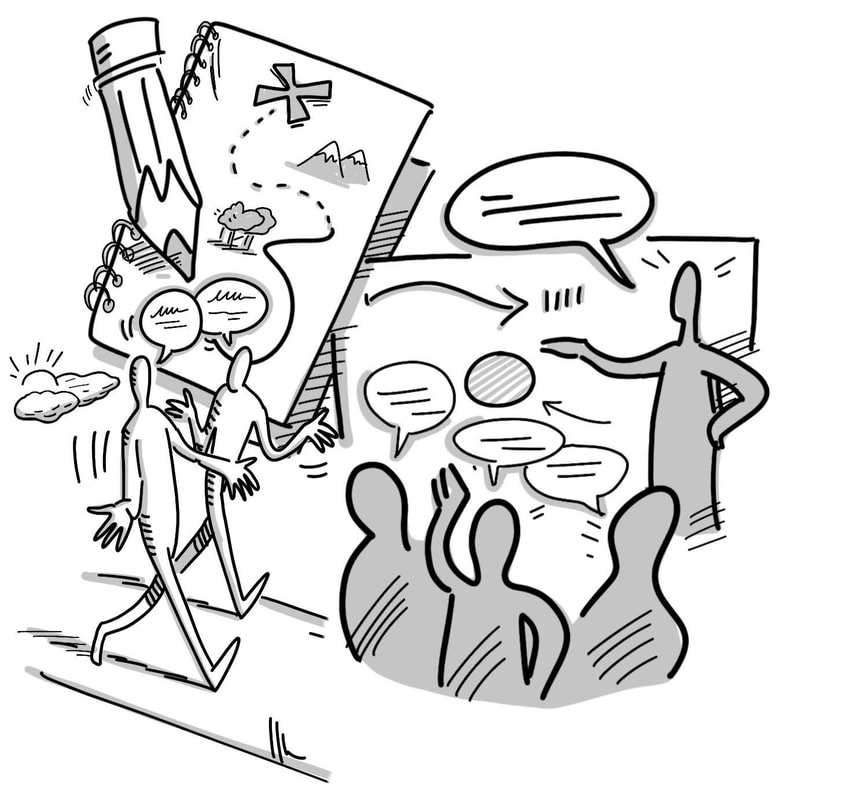
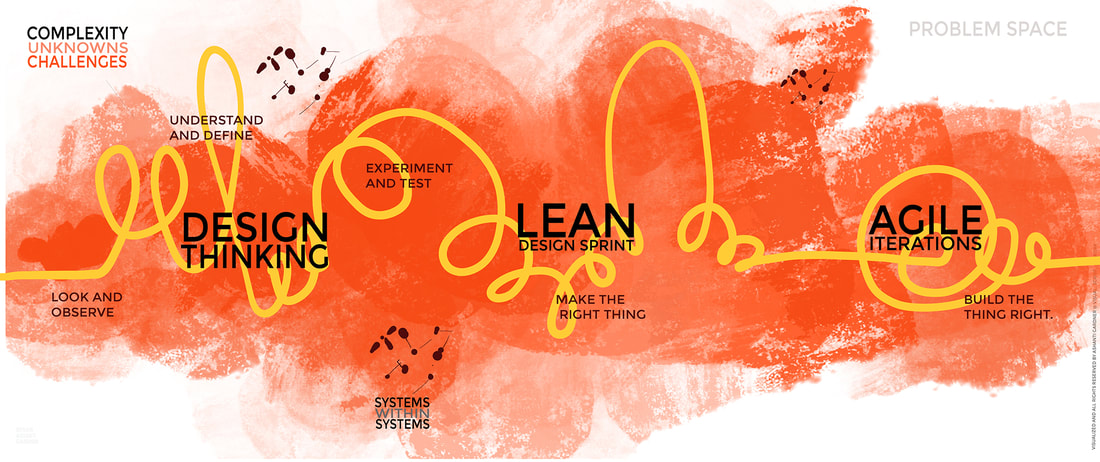
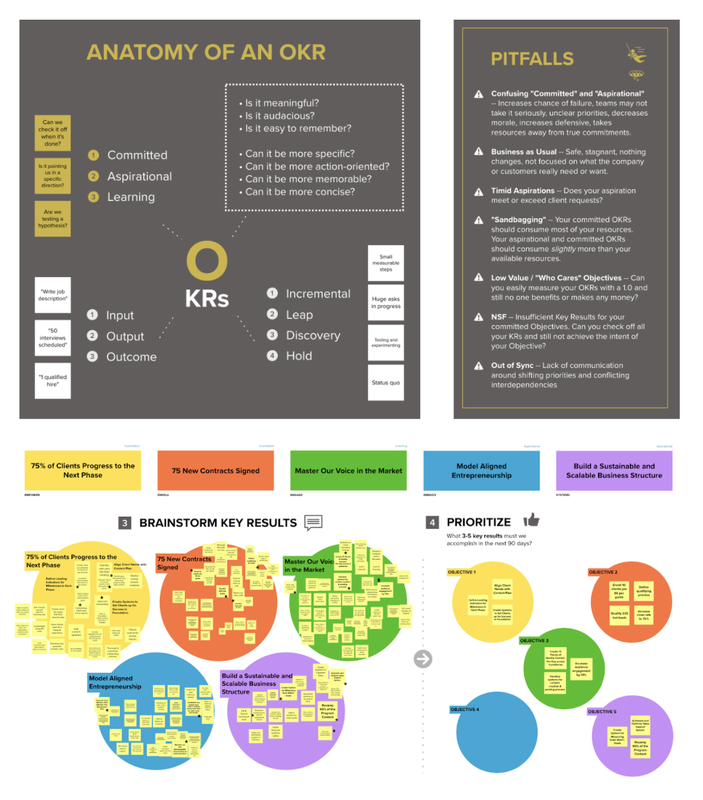
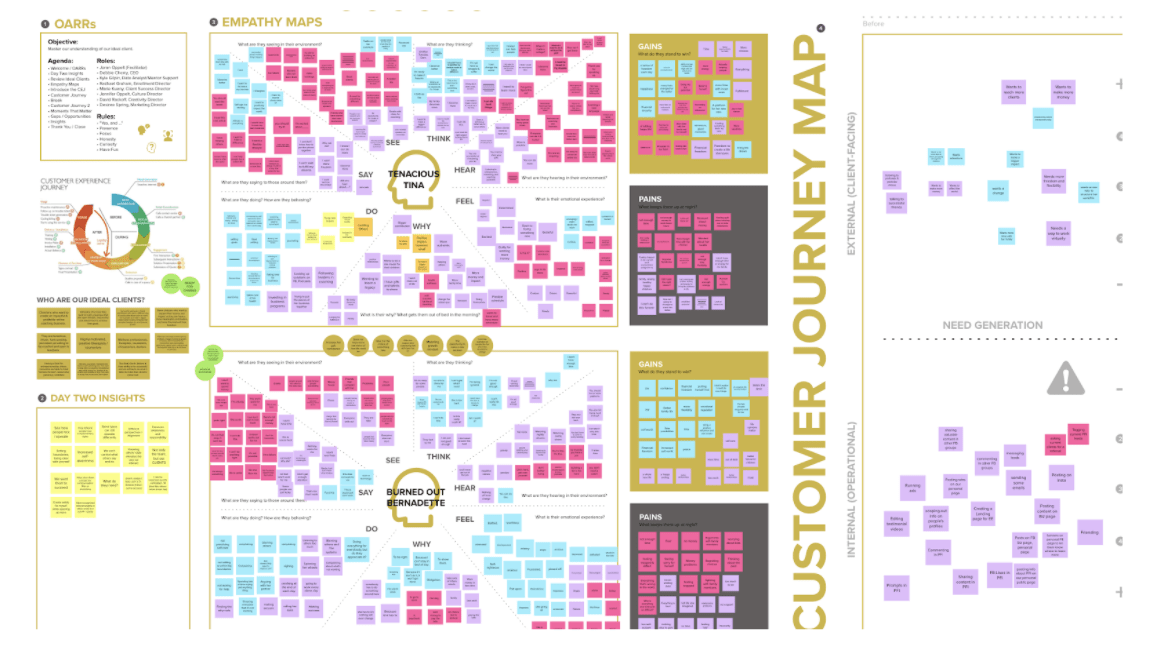
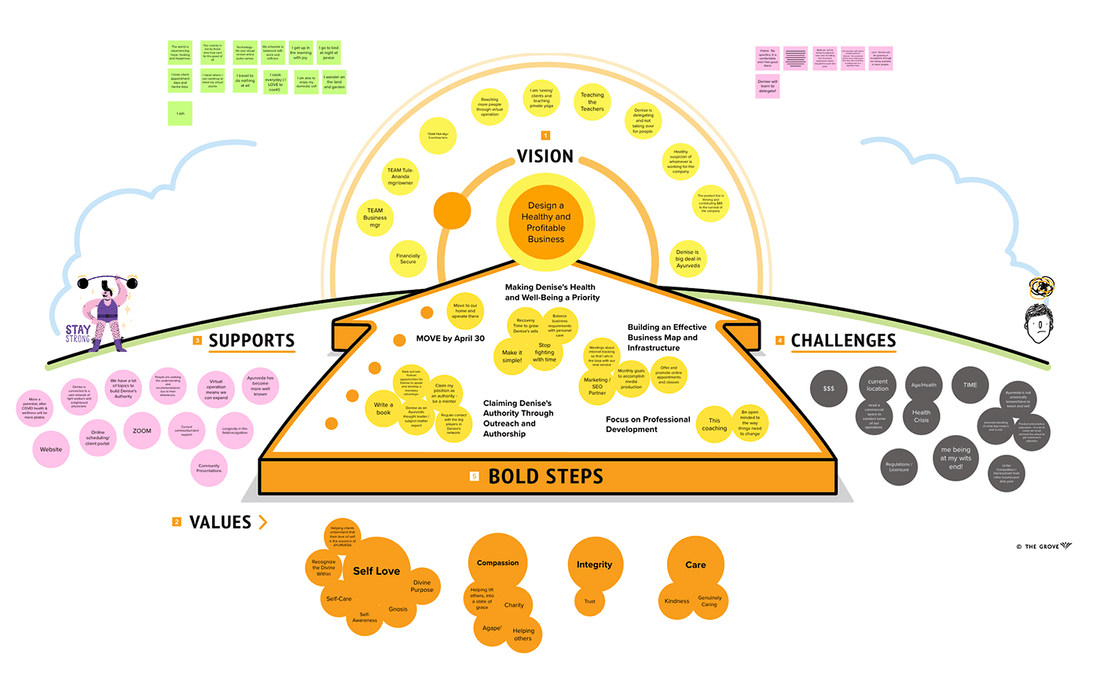
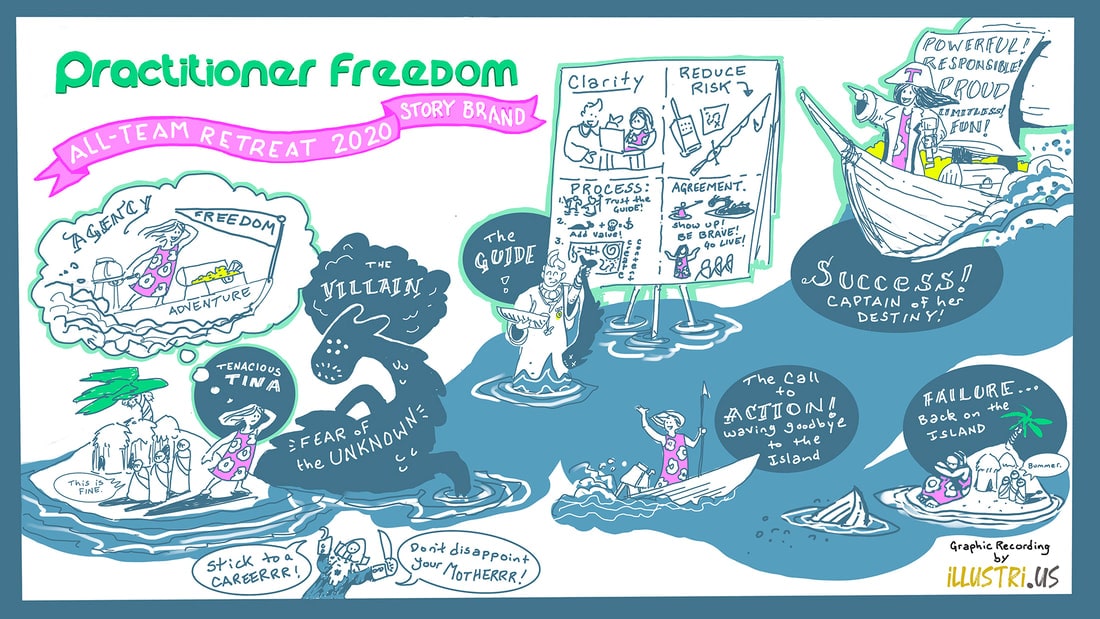
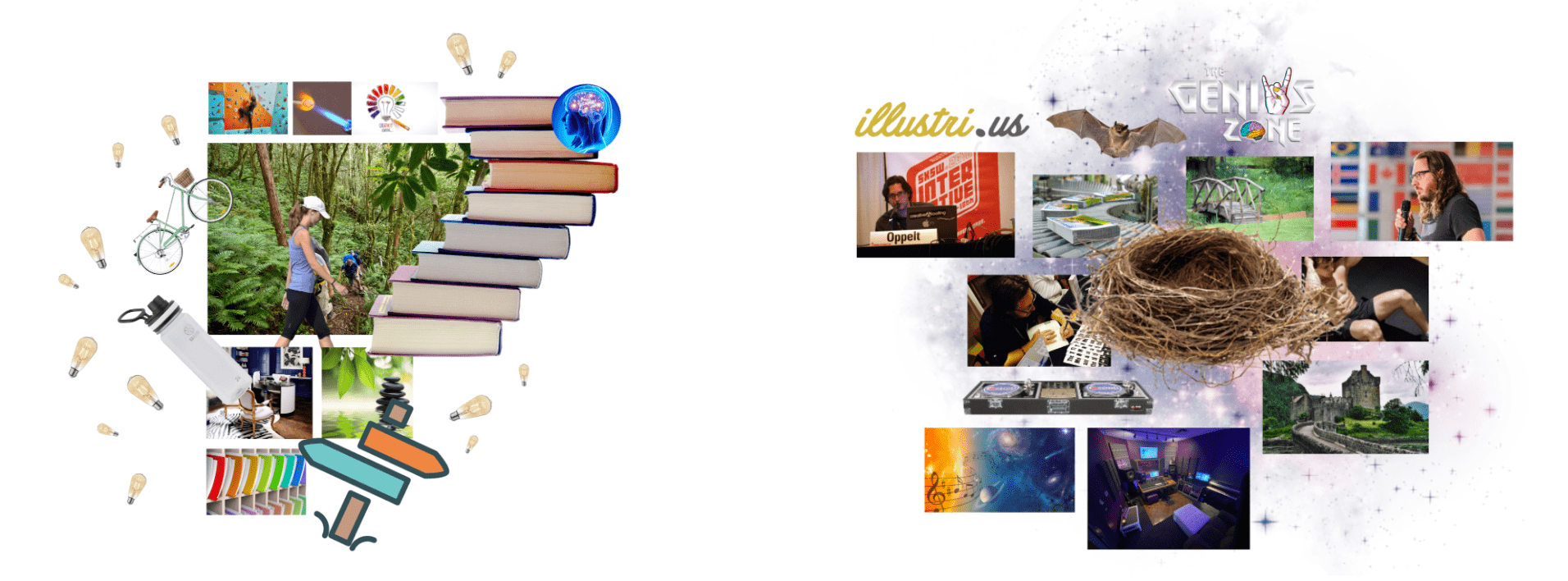
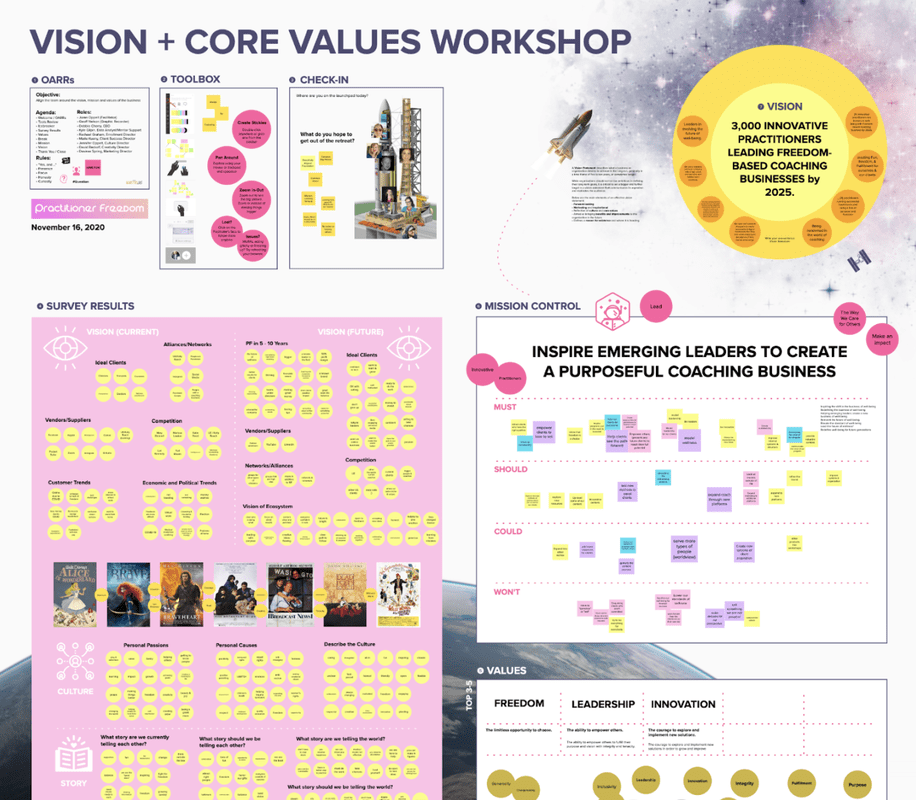
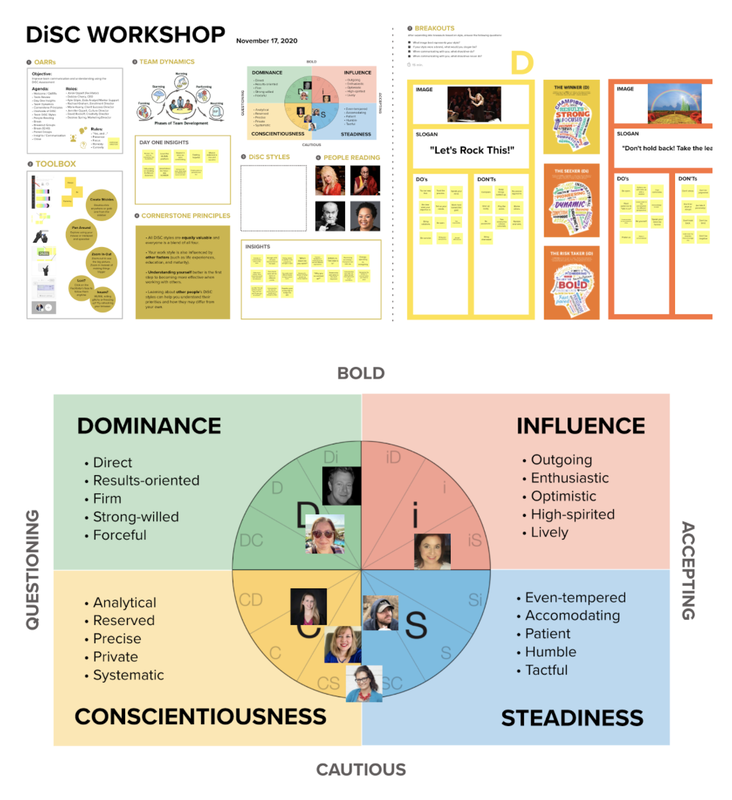
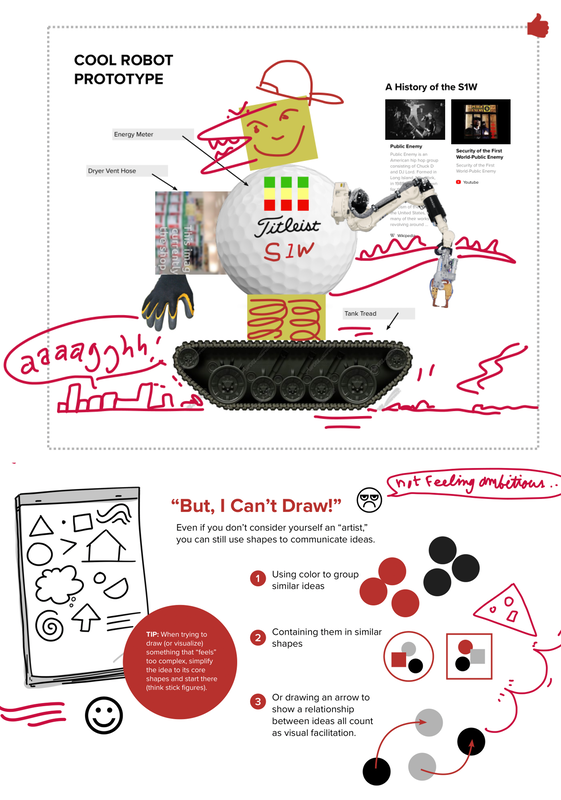
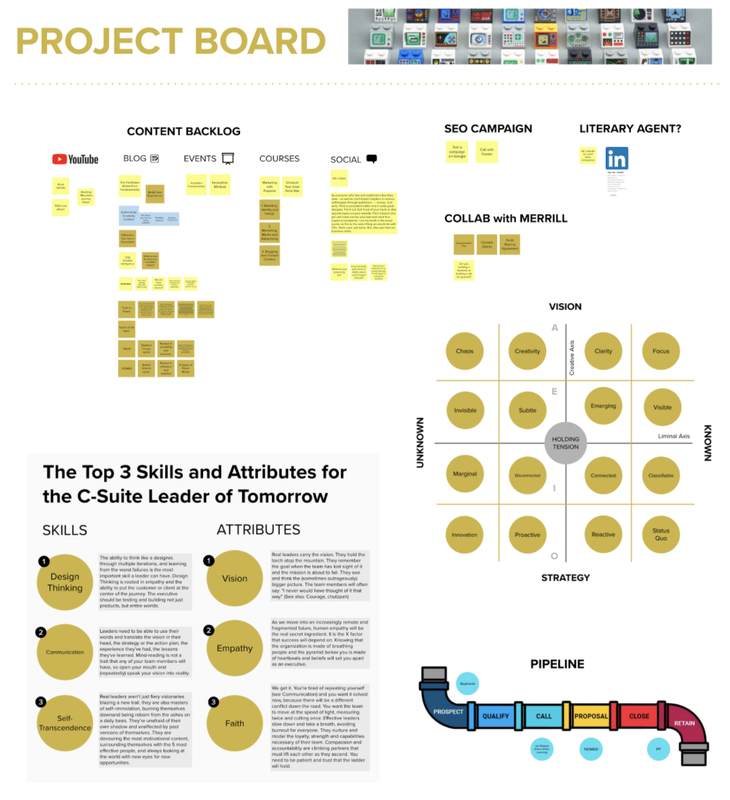
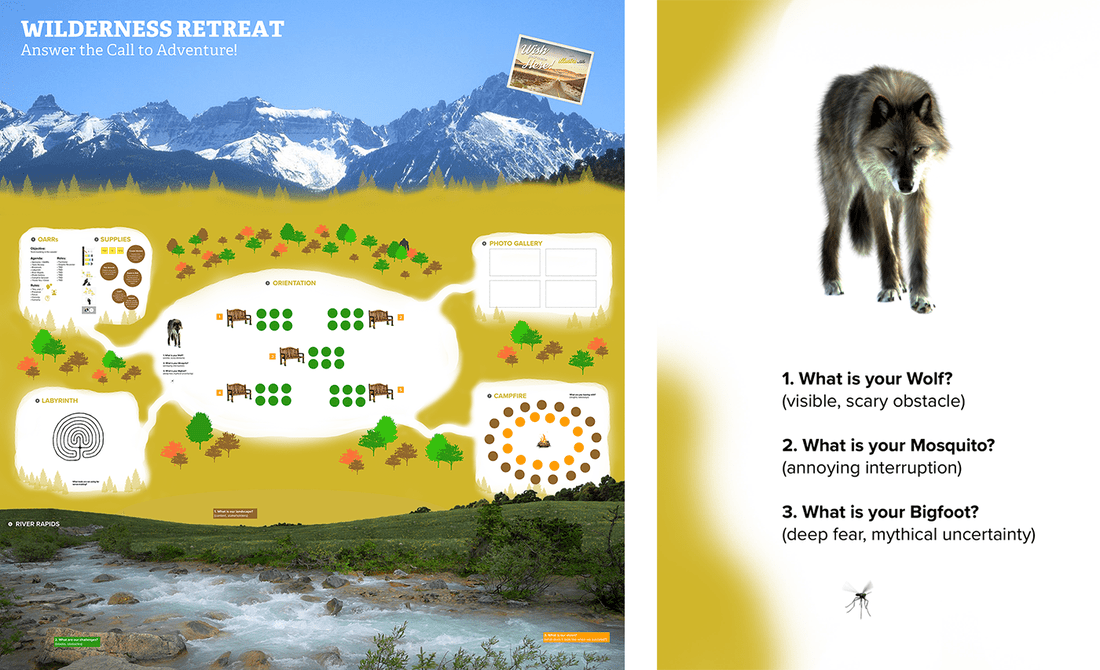
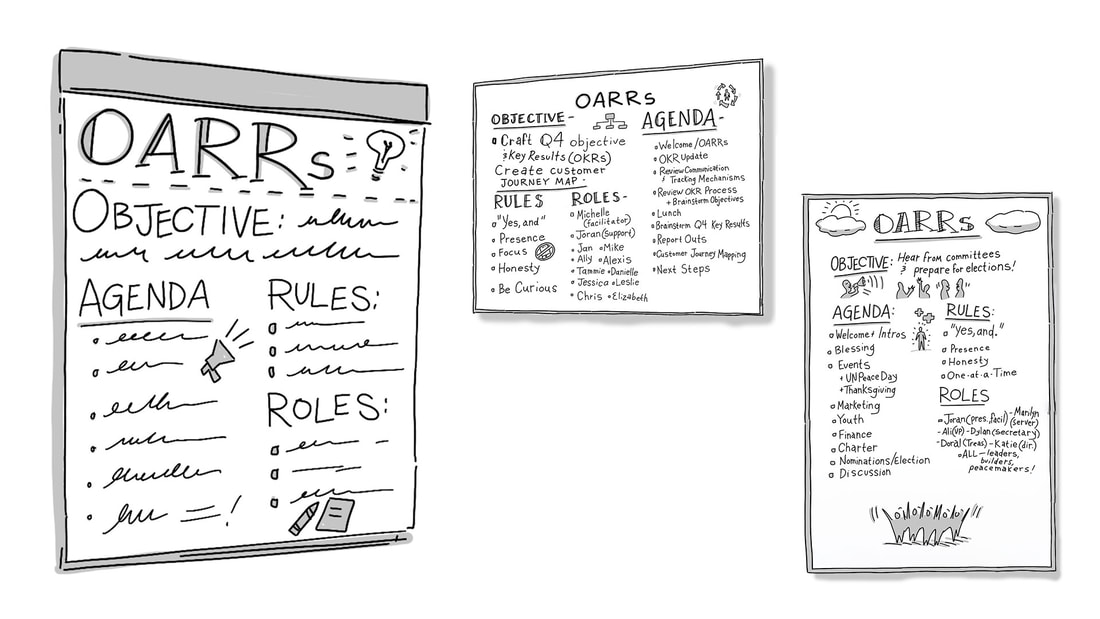
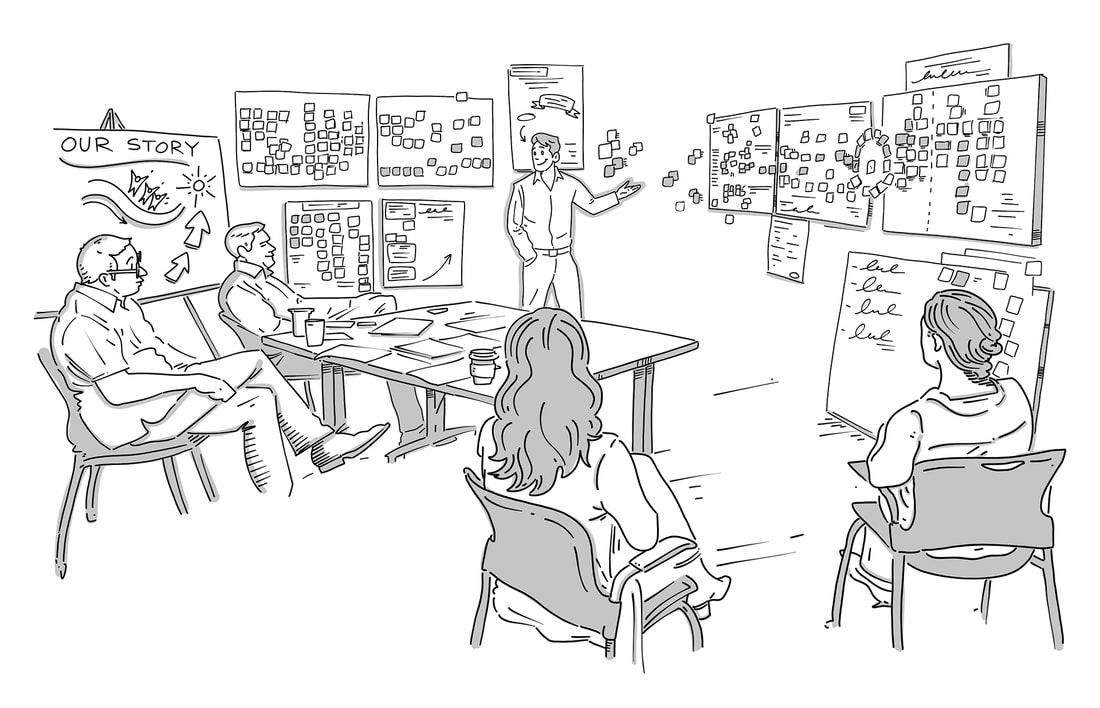
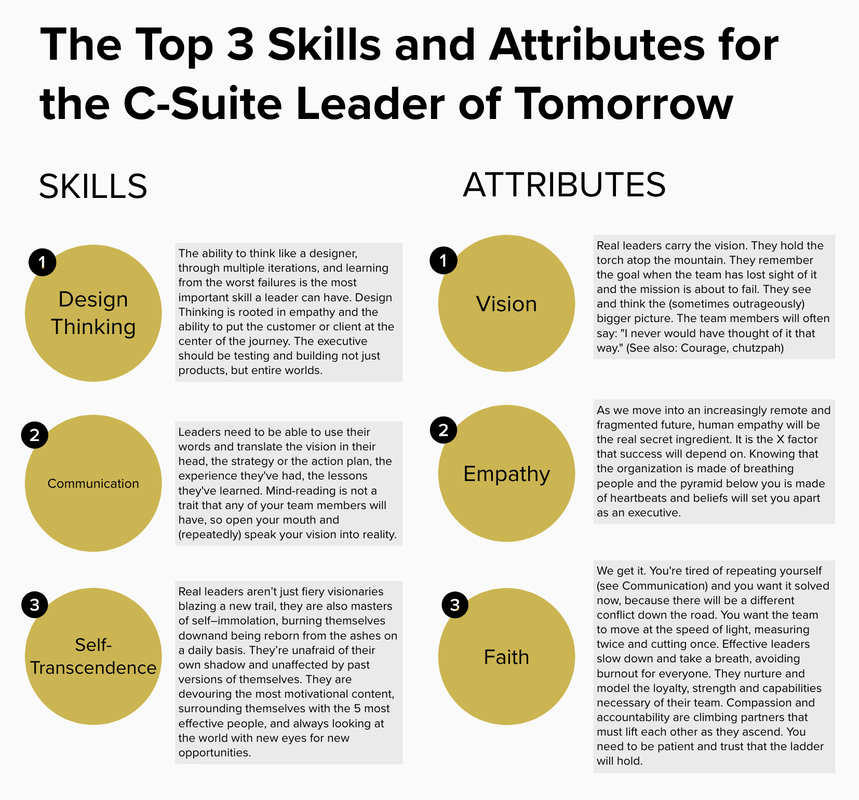
 RSS Feed
RSS Feed